A mix of 10 climbing French beans with beautiful dark purple, speckled and green pods. Cultivars include Cosse Violette, Blue Lake and Yard Long. All are strong climbers chosen for their beautiful flowers and colourful pods which are extremely versatile in the kitchen.
Our favourite way to eat them is picked straight off the plant and munched whilst still pottering about in the garden. Climbing French beans need to be grown with support, such as a trellis, double row of canes or a wigwam. Adding an extra storey to your garden, vertical growing is an excellent way of maximising the productivity of any size of garden.
Planning your site
Beans like well-drained, fertile soil and a sheltered sunny spot in the garden where they won’t be blown about too much. They will grow really well in raised beds or in pots which have plenty of rich growing medium. Most beans (apart from Broad Beans) need something to climb up (especially Runner and Borlotti beans)- a hazel or bamboo wigwam is a great traditional structure which looks beautiful even while the beans are small.
You’ll need to make sure these are really well staked in and strong enough to support your plants – beans get big and heavy! The spacing between plants depends on the variety but generally beans are grown quite close together usually in rows or around supports.
Growing tips
The more you harvest, the more will grow! Try to wait until your pods have reached a decent size – we know it’s hard but they will become sweeter as the starches mature!
Make sure you keep beans well and regularly watered and don’t let them dry out. When the lowest truss of blossom has formed small pods, pinch out the tips of the beans to promote fruit set and reduce problems with bean aphids. The tips of Broad Beans are absolutely delicious steamed or stir-fried and eaten – win win!
What to watch out for
Broad beans are susceptible to the fungal diseases Chocolate spot and Broad Bean rust, and beans in general may host Blackfly aphid, Pea & Bean weevil, be nibbled by mice particularly when young, and may suffer during heavy frosts and snow.
What to do when your plants arrive
- Unpack them. Your seedlings will arrive carefully packed in bio-degradable straw, cardboard and paper. They may look a little bit bedraggled from their journey. Don’t panic – this is totally normal and they should soon perk up. Please try and unpack your plants as soon as they arrive, as every extra hour they spend in the box will add to the stress of travelling to their new home.
- Give them a drink. Having spent a day or two in the post, your new plants will be thirsty! Stand them up in some fresh water for a few minutes to make sure their roots have been thoroughly soaked before planting.
- Plant them out into their forever home! Your plants can’t wait to get their roots into the soil. Plant them out according to the instructions that will have come in the box with them. Make sure you water them in well, and give them plenty to drink until their roots have had a chance to get settled.
Substitutions
As you well know, plants are unpredictable creatures and so is the British weather. As such, we reserve the right to substitute items in your order for an equivalent variety. To find out more about substitutions, please take a look at our terms and conditions.
Delivery
We charge a flat shipping fee of £6.99 per shipping season. If you order everything from one season ie Spring you will be charged once, if you order Spring and Summer you will be charged twice etc. We do not ship outside of the UK.
Where can I send a gift card?
All of our products are available to send to UK addresses only. The products that the recipient can redeem their gift card on will only be mailed to a UK postal address. Postage is free for physical Gift Cards, as well as on the products that can be redeemed.
Terms and Conditions
Please click here for further information including returns and refunds.
Only logged in customers who have purchased this product may leave a review.
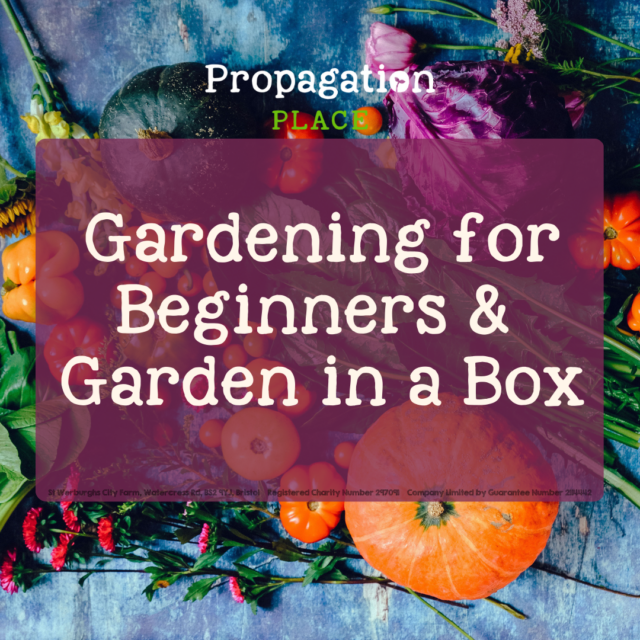
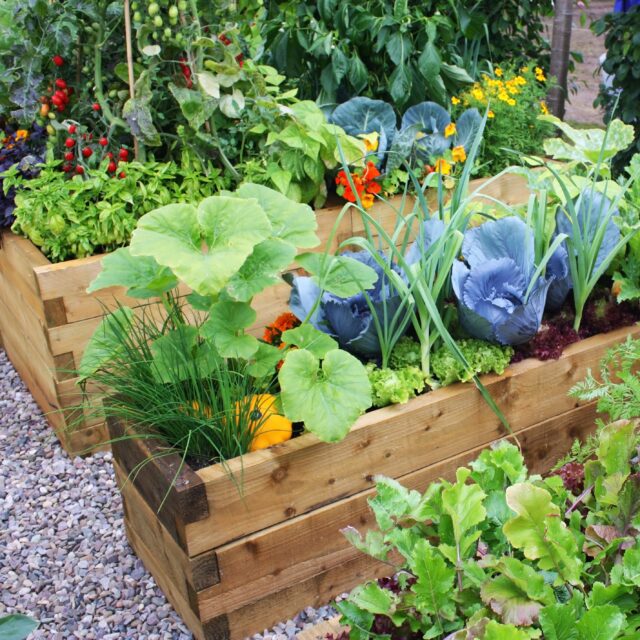


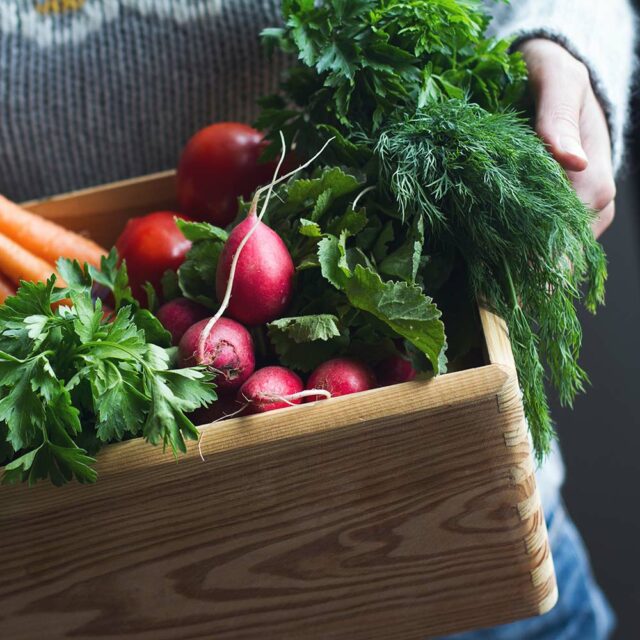




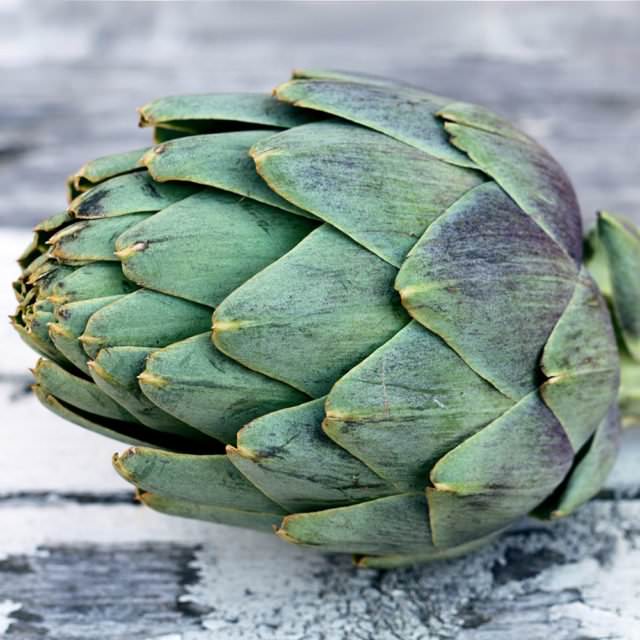
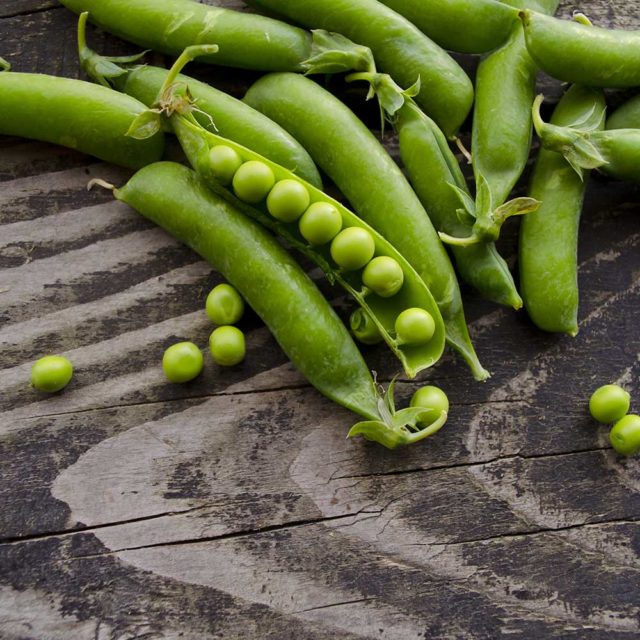
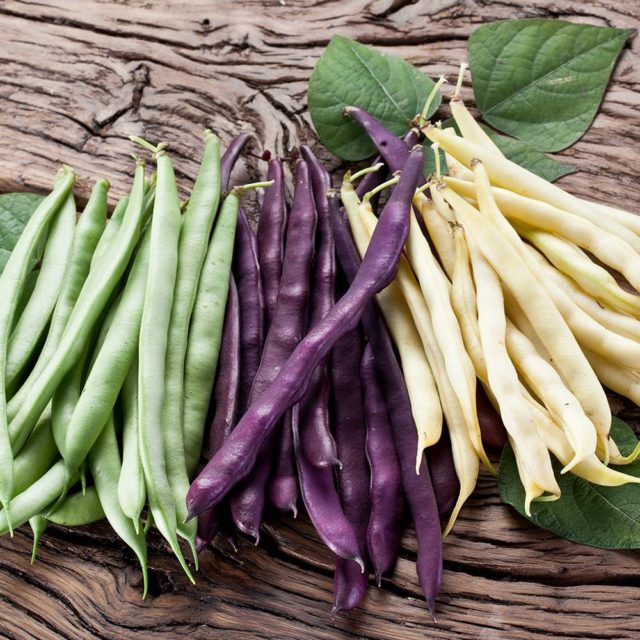
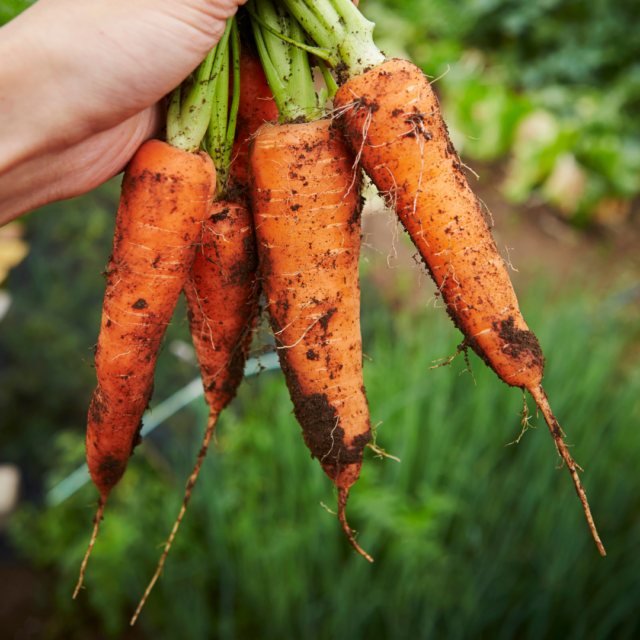
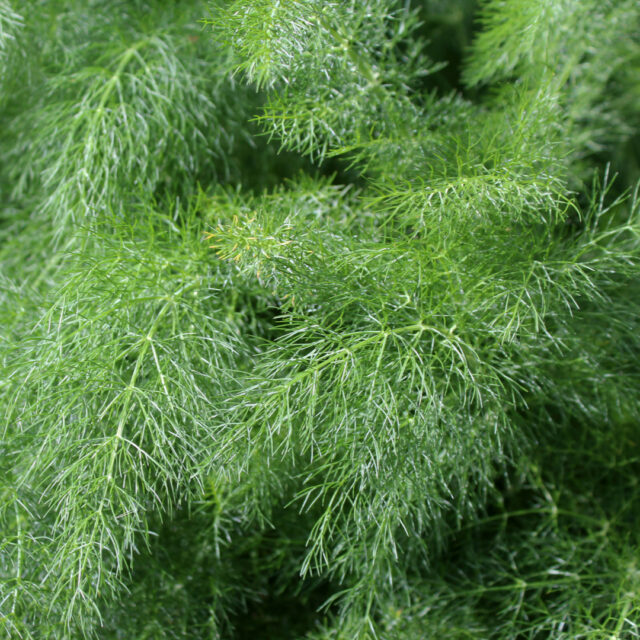

Reviews
There are no reviews yet.